You might think all fruit smells fresh, sweet, or at least pleasantly earthy—but that’s not always the case. In fact, some fruits around the world have aromas so powerful and off-putting that they’ve been banned from hotel lobbies, left in sealed jars, or triggered full-blown gag reflexes from first-time sniffers.
If you’ve ever wandered through the markets of Southeast Asia or rural roads in Africa or South America, chances are you’ve caught an unexpected whiff—something that smells like rotting onions, sweaty socks, or fermenting cheese. And no, it wasn’t trash—it was just fruit.
Living close to nature teaches you that not everything that smells bad is bad for you. In fact, some of the stinkiest fruits are the most prized in traditional medicine, local cuisines, and even luxury cosmetics. Once you get past the smell—if you can—you might just discover flavors and nutrients that are unmatched.
Here’s a lineup of 17 of the world’s smelliest fruits. Some are rare, others are famous (or infamous), but all of them prove that nature doesn’t care what your nose thinks.
1. Durian
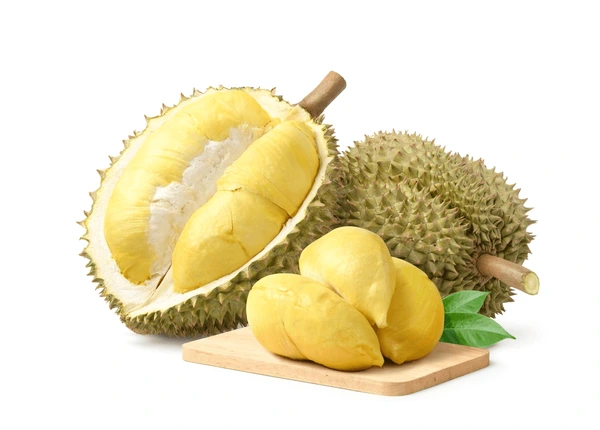
Smell: Like rotting onions mixed with sweet custard and gasoline.
Durian, often called the “King of Fruits,” is prized in Southeast Asia for its rich, creamy texture and deep flavor—but its divisive smell has earned it both cult devotion and public bans.
2. Noni
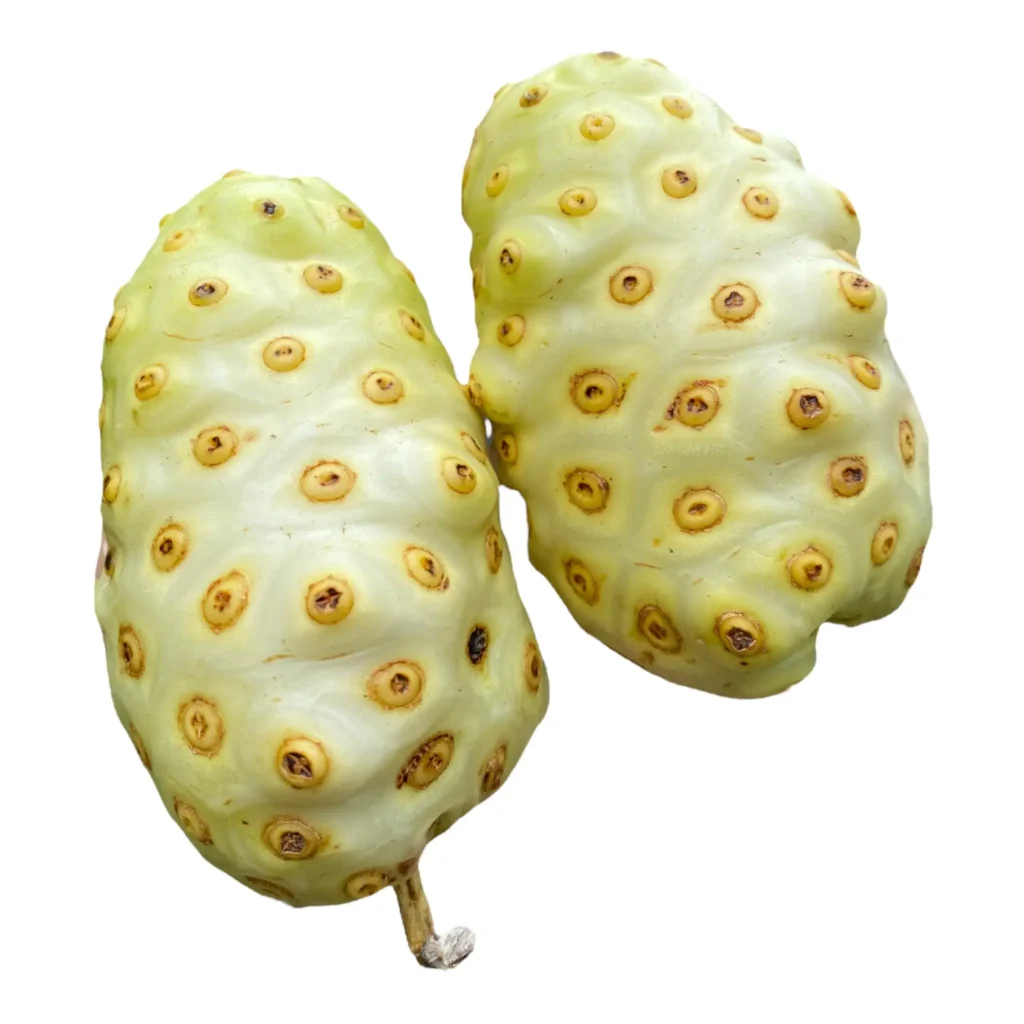
Smell: Strongly resembles sour cheese, old socks, or vomit.
Used in traditional Polynesian and Southeast Asian medicine, noni is known for its bitter juice and foul odor, which contrasts sharply with its health-boosting reputation.
3. Cempedak
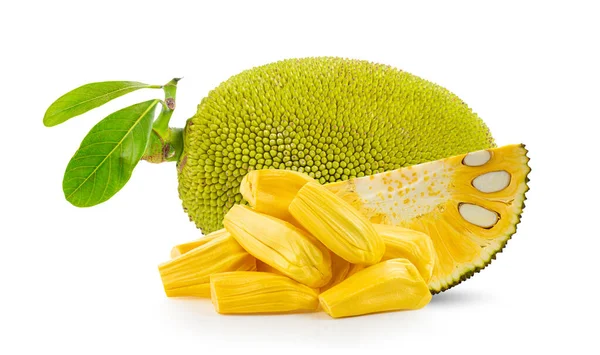
Smell: Intensely funky with cheesy, fermented sweetness.
A close relative of jackfruit, cempedak is popular in Malaysia and Indonesia for its soft, custardy flesh, though its aroma can overwhelm unaccustomed noses.
4. Bael Fruit

Smell: Tangy, fermented, and slightly like sour yogurt.
Used in Ayurvedic practices and religious rituals in India, bael fruit has a tough shell, aromatic pulp, and a smell that’s often described as medicinal or fermented even when fresh.
5. Pedalai
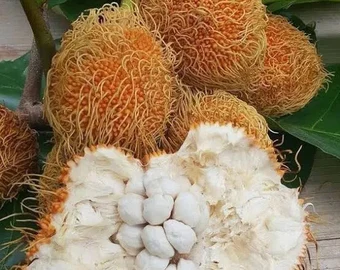
Smell: Musky and fruity with hints of overripe fermentation.
Native to Borneo, pedalai is a rare heirloom fruit with vibrant orange flesh that’s soft and sweet, though its smell can be overwhelming indoors.
6. Marang
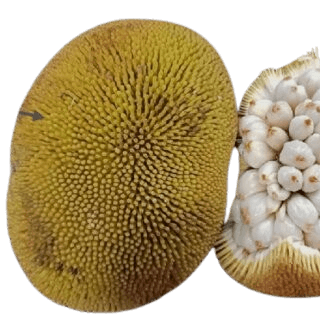
Smell: Bold and tropical with musty, onion-like undertones.
Highly seasonal and found mostly in the Philippines and Borneo, marang is praised for its creamy segments and delicate sweetness, though it carries a strong aroma akin to a mix of durian and garlic.
7. Salak (especially Salak Bali)
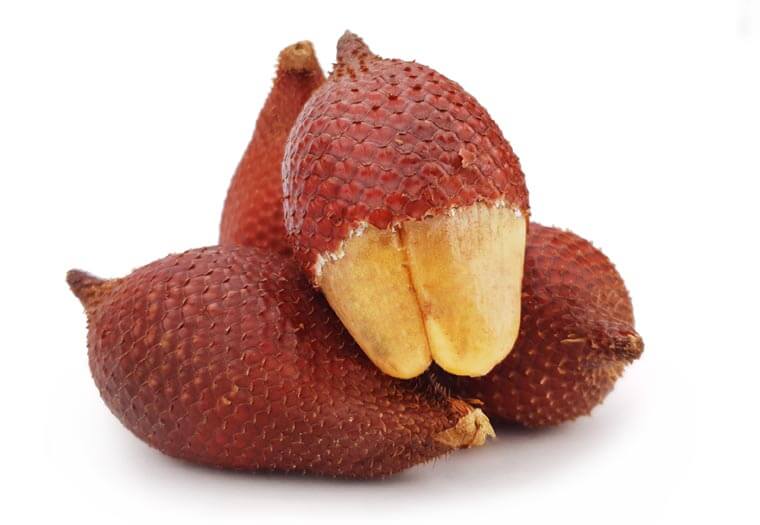
Smell: Sharp, vinegary, and slightly rubbery when ripe.
With a scaly, snake-like skin and crisp, acidic flesh, salak is a uniquely textured fruit whose Bali variety emits a stronger-than-usual scent that some find off-putting.
8. Locust Fruit (Jatobá)
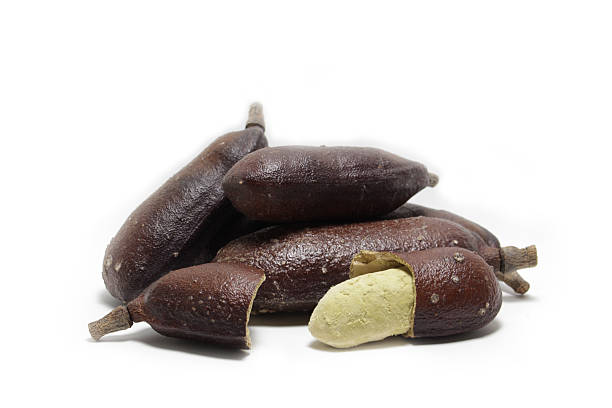
Smell: Dry, dusty, and vaguely cheesy or barn-like.
Native to Central and South America, the locust fruit is enclosed in a hard pod and has a floury interior that’s nutrient-rich but carries a peculiar musty scent.
9. Papaya
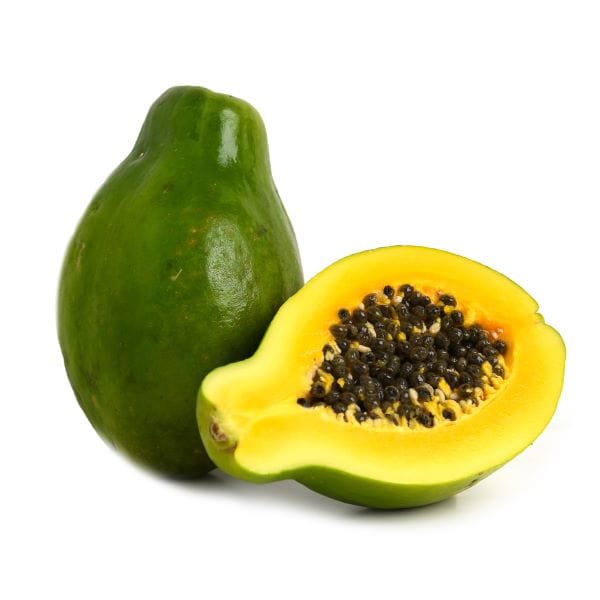
Smell: Subtly sweet to some, but vomit-like to sensitive noses.
Rich in the digestive enzyme papain, papaya is a tropical staple with soft, orange flesh and a smell that divides people based on their genetic sensitivity to certain aromatic compounds.
10. (Earth Almonds)
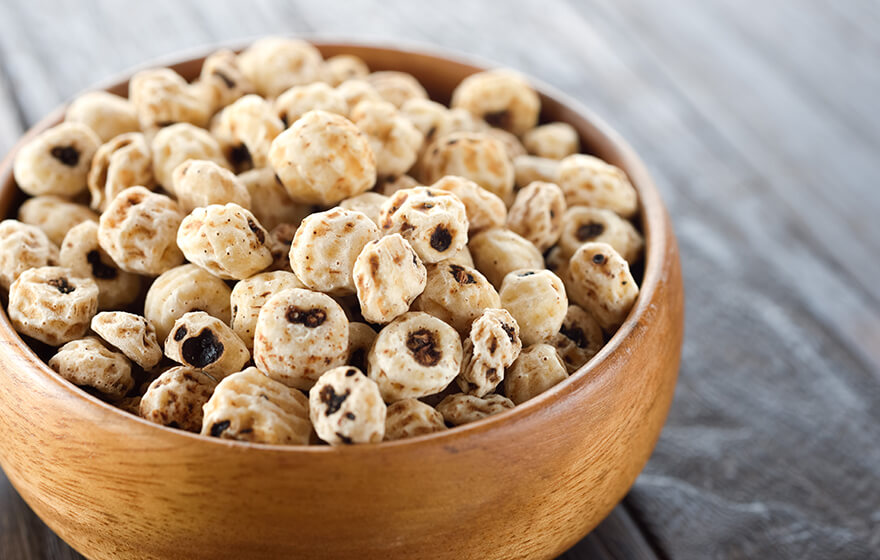
Smell: Musty and earthy, occasionally sour when soaked.
Despite their name, tiger nuts are starchy underground tubers with a nutty-sweet flavor, often used in horchata, though their natural scent can be off-putting to some.
11. Tamarillo (Tree Tomato)
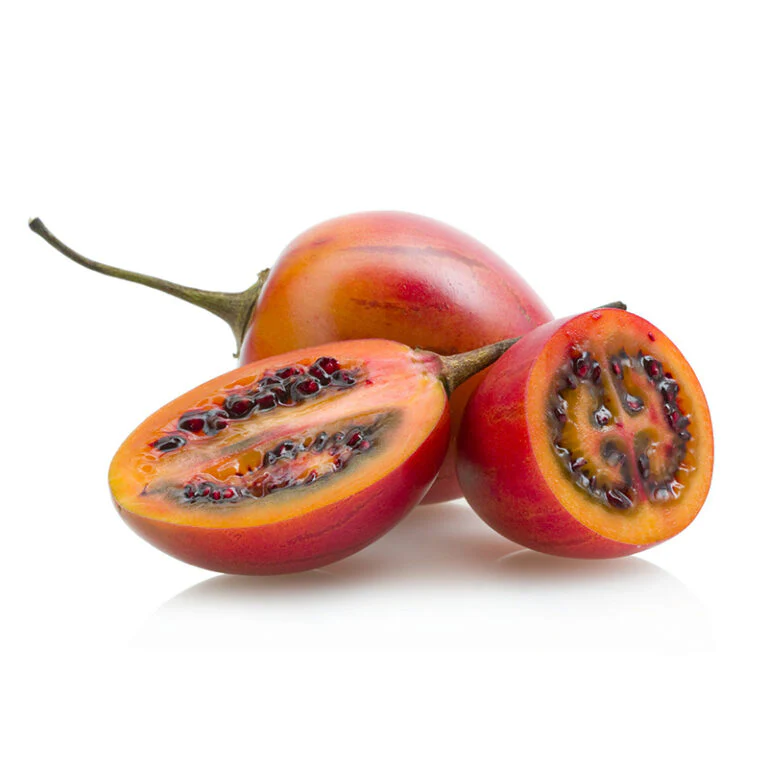
Smell: Astringent and metallic, with sharp acidic notes.
This bright, egg-shaped fruit is popular in South America and New Zealand, offering a tangy, tomato-like flavor and an aroma that’s too pungent for some raw eaters.
12. Marula
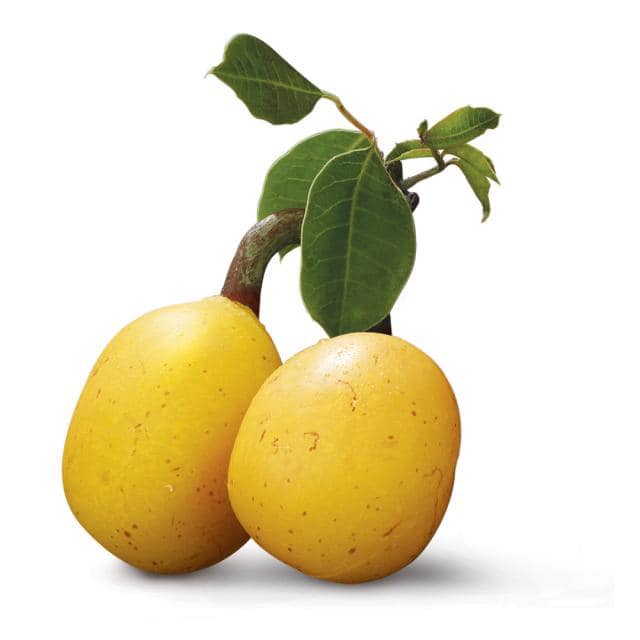
Smell: Fruity and slightly alcoholic, even when fresh.
Best known as the fruit elephants supposedly get drunk on, marula ripens quickly and emits a naturally fermented scent that has made it a favorite in local brews and skin care—but not always on the table.
13. Ginkgo biloba Fruit
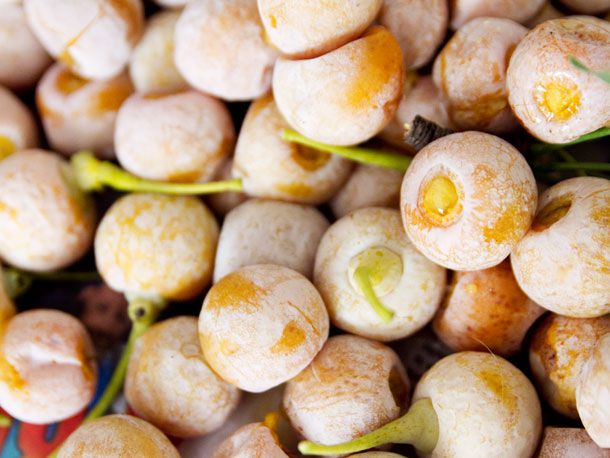
Smell: Strongly like rancid butter or rotten eggs.
The flesh of this ancient tree’s fruit contains butyric acid, making it infamously smelly in autumn streets, though the inner seeds are considered a delicacy in East Asian cuisine once carefully prepared.
14. Custard Apple
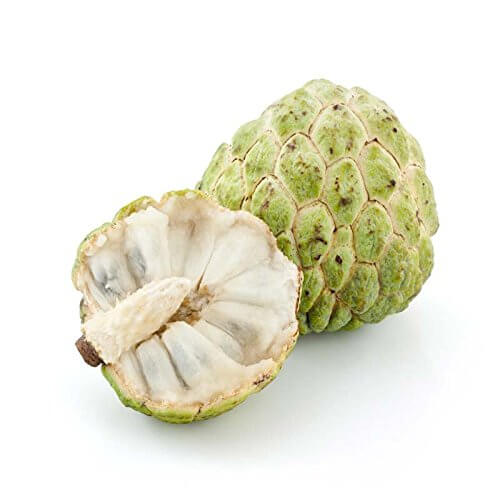
Smell: Musky and borderline sour when fresh.
Though creamy and sweet inside, this less-celebrated cousin of the cherimoya has a scent that’s earthy and occasionally unpleasant, depending on the variety.
15. Langsat
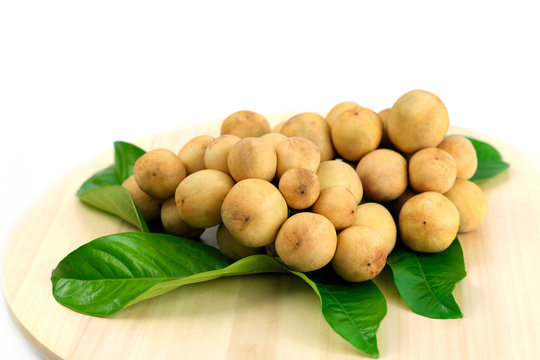
Smell: Sulfurous and bitter when the rind is broken.
A juicy, translucent fruit loved in Southeast Asia, langsat surprises first-timers with its bitter latex smell from the peel, which contrasts with its refreshing interior.
16. Wild Almond
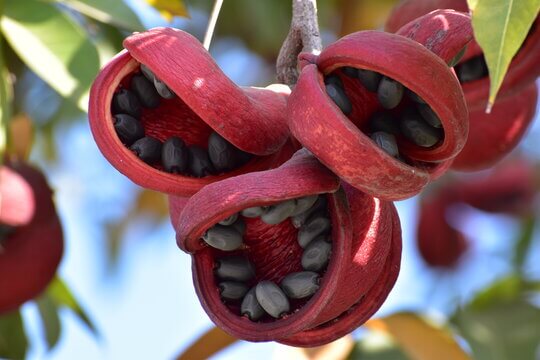
Smell: Skunky, burnt rubber, or manure-like.
Native to tropical Asia, this tree produces a fruit and oil so pungent that its Latin name literally means “foul-smelling,” making it one of the most odoriferous edible plants around.
17. Soursop
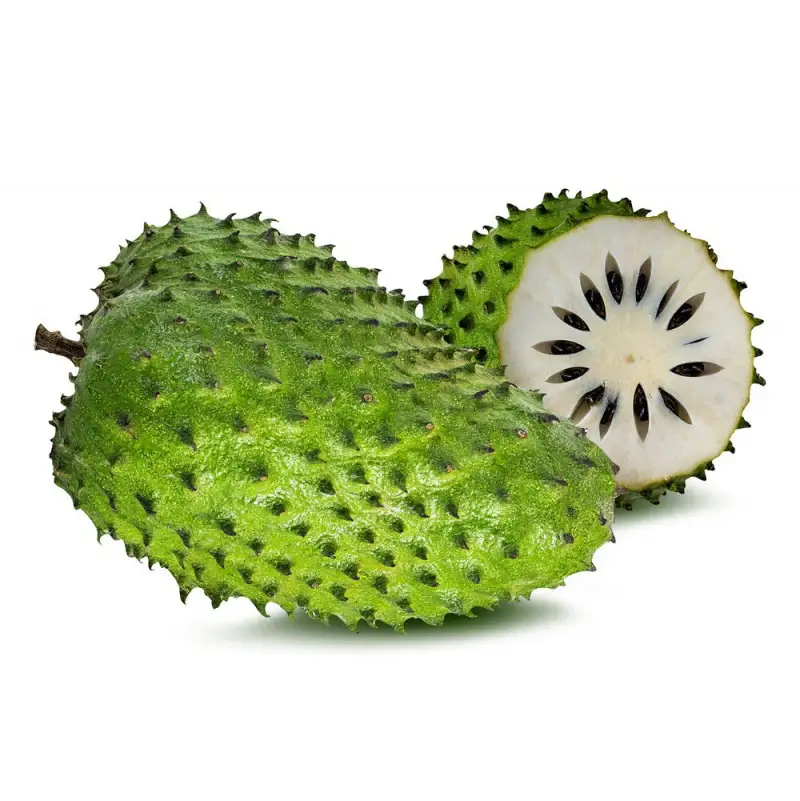
Smell: Sour-sweet and mildly fermented when ripe.
Valued for its spiky exterior and creamy, tangy pulp, soursop has a tropical aroma that some enjoy but others find too sour or yeast-like to be appetizing raw.
